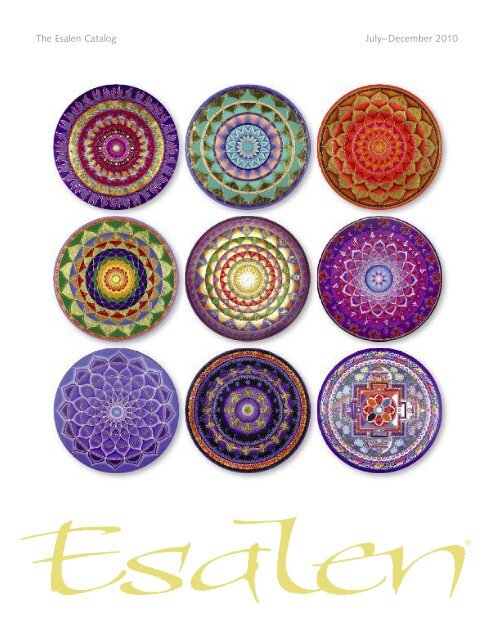
…consistent foundation and concentration that enhanced my emotional resilience over time. This article delves into the convergence of breathwork and pranayama, investigating how these two approaches—though different—can function collaboratively for emotional wellness and holistic well-being.
From Anxiety to Empowerment: My Path Through Breathwork and Pranayama
For many years, anxiety was a constant in my life—frequently unpredictable and overwhelming. I first sought conventional methods, including medications and counseling, which brought limited relief. Eventually, I discovered breathwork as a supplementary method for emotional management. I was unprepared for how those initial guided sessions—characterized by deep, rhythmic breathing and emotional catharsis—would prove so transformative.
What Is Breathwork?
Breathwork is an umbrella term that includes a variety of intentional breathing techniques designed to influence mental, physical, and emotional conditions. Contemporary forms like Holotropic Breathwork, Conscious Connected Breathing, and Transformational Breath all suggest that breath can provide access to the subconscious, facilitating the release of stored tension, trauma, and emotions.
Those early breathwork experiences enabled me to cultivate a new connection with my body and mind. Through deliberate breathing, I was able to identify emotions that had previously been unclear sensations, allowing them to flow through me rather than dictate my reactions. Unlike medications, which treated my symptoms, breathwork provided a proactive means for navigating my emotional terrain.
Introducing Pranayama: The Yogic Discipline of Breath
As I nurtured a steady yoga practice, I started to explore pranayama—an array of ancient yogic breathing methods rooted in Indian tradition. Pranayama, derived from the Sanskrit terms “prana” (vital energy) and “ayama” (extension/control), pertains to techniques that manage the flow of prana through breath regulation. Practices such as Nadi Shodhana (alternate nostril breathing), Kapalabhati (skull-shining breath), and Bhramari (humming bee breath) are designed to foster clarity, energy, and inner tranquility.
Initially, pranayama seemed more restrained and subtle compared to the emotionally charged experience of breathwork. Nonetheless, I was most surprised by how these two methods began to enhance each other in my everyday life.
Breathwork Opens, Pranayama Refines
Emotional Release and Clearing Blockages
Breathwork often feels like an emotional “clearing.” Following a session, I would experience a sense of lightness—as if a burden had been lifted. These significant energetic changes seemed to prepare me for pranayama by alleviating psychological and physical tensions that might hinder the natural flow of breath. The more I engaged with breathwork, the more attuned I became to the subtleties of pranayama.
Building Discipline and Daily Grounding
Conversely, pranayama introduced a consistent rhythm to my everyday existence. While breathwork was cathartic, pranayama was meditative. Its nuance demanded regular practice and concentration. Over time, this consistency nurtured qualities such as patience, self-awareness, and mental clarity. Even on days when I felt emotionally stable, pranayama served as a preventative practice—aligning my breath, body, and mind before stress could accumulate.
Integrating Both Practices for Emotional Balance
Employing breathwork for emotional release and pranayama for daily regulation has provided me with a more extensive toolkit for coping with anxiety and cultivating inner peace.
Here are several strategies I use to maintain balance:
– Weekly Breathwork Sessions: I dedicate time each week for immersive breathwork sessions, often guided, to address suppressed emotions and release tension.
– Daily Pranayama Practice: Each morning, I engage in 10–20 minutes of pranayama to commence my day with clarity and equilibrium.
– Mindful Breathing Check-ins: Throughout the day, I pause for brief breathing sessions, adopting basic pranayama techniques like Nadi Shodhana or simple diaphragmatic breathing to maintain my grounding.
My Insights
The most profound realization was that while medication addressed symptoms, breathwork and pranayama provided me with tools for self-regulation, emotional awareness, and spiritual progress. They transformed my mentality from being passive in the face of anxiety to actively participating in my healing journey.
If you find yourself grappling with emotional overwhelm or looking to deepen your self-connection, exploring both breathwork and pranayama could present a meaningful path. Each offers distinct advantages—emotional cleansing and spiritual enhancement—but together, they facilitate breathing your way to a more balanced, present, and empowered existence.